Following the positive reception to the Havana Masterclass report’s slight change of format – now showing student images instead of lots of photographs of people shooting (though that album is here on flickr) – I’ve decided this should be the format from now on; also to give my students due credit for the hard work put in and the excellent images made*.
*Though I don’t want to embarrass anybody in particular by naming names; I’m just posting images and letting the anonymous claim responsibility if they wish 🙂
London’s Making Outstanding Images workshop is a continuation and refinement of the revised 3-day format introduced in Melbourne earlier this year. Students view the first portion of the material on video in The Fundamentals, Outstanding Images 1&2, How to See 1&2 and Intro to Photoshop Workflow – this is to give them time to be familiar with the concepts and ideas used. I find that there really is quite an enormous amount to pack into three or four days, and the learning process goes faster when the ideas aren’t totally new.
The first day is spent working on exercises to cement the core toolkit: light, use of shadows and metering; subject isolation; perspectives, frames and leading lines; conscious exclusion and matching your frame to the subject. Each exercise is simple enough in itself, but when one starts combining everything together…it gets a little more challenging. We finished with an exercise of creative and shot discipline: the first designed to make you think before shooting, the second to show you that experimentation is still necessary to make a strong image. We were based around Trafalgar Sqaure in the morning, and the Square Mile in the afternoon. If you’re wondering why such a pedestrian choice of locations, it’s because both places are full of tourists: shoot to your heart’s content without having to worry about overzealous police or security (a serious concern in London).
Day two focuses on storytelling and style: the process of translating an idea or story into an image. Once you’ve identified the elements you need, you can use the fundamental tools and subject isolation/ perspectives to prioritise your subjects and control the order in which an image is ‘read’. One final exercise on shooting for optimum black and white, and then we spend the afternoon focusing on how to present that message in an individualised way – this is finding style. Some of this must of course be done in postprocessing, but it’s important to know what raw material is first required out of camera. For this, we spent the day at the British Museum: another material-rich site, and very photography friendly.
Our participants got a little homework that evening: to whittle down the two days’ worth of images to five to ten (everybody had ten) images for critique and possibly processing, for the best of them. I open the floor to the group: after all, photography is highly subjective and my opinion is not the authority – it’s all personal preference. The best of these images – or those with the most potential – were then worked into final form in Photoshop. I also did a very quick cull and process of approximately 130 of my own images from the GR – the 645Z’s files would have taken far too long – down to a final completed and processed set of 18. And of course the final day is not complete without a set of Ultraprints to view – not so much to view the prints in themselves, but to demonstrate the ultimate output of the photographic process, and the reward for all of that shot discipline.
Before I leave you with a selection of the best of the student images and some of their thoughts on the workshop, I’d like to let you know there’s one place each left for the last three workshops of 2014: San Francisco (Masterclass) and Chicago (Making Outstanding Images) – both in September; standby places for Venice, Italy in November. If you’d like to join us, or for more details, please click here.
Gerner Christensen: Big thank you in return. This WS was really a ride in a carousel I never tried before. I am consolidating as from this very moment and for sure time ahead. Such a concentrated injection ‘LIVE’ does a quite different job than the videos. By them you dwell in your own comfort zone and that’s for what it is extremely good as such. You may re-do as many times as wished or needed. The live photo concert is not editable. You deliver what you can at the instant moment. And that’s’ it.
The WS is a different medicine and at a moment I felt lost in my own ignorance. The self confidence evaporated and assignments the blitz way were to me a solid proof that I do not perform by command. I thought I did a lot better before….
This is not quite right of course and just browsing my shots again makes me of course think differently. I made stronger images in these couple of day than I would make i.e. in a month’s daily shooting. My curation for today’s session were weird in a way since I have much stronger images from the days. I think it all comes from choosing images that worked for one in the past and deselected the new stronger touch from the intensive training. I had selected several shots that others told being interesting and not those I found best. Bweeeh… that was foolish, but I learned from that. Fuck the vanity and trust yourself.
I am not disappointed .. no .. I am very happy from what I have learned. I have learned much more, I think, than I can comprehend by this very moment. I just know I did.
I give the credit to you. You showed me the keystone to a turning point being a better photographer much more than you might think based on the thin feedback from the group. Guess you are just used to that in the beginners WS’s.
Thank you Ming.Thinking again and again about our days in London. It is a big moment in my life. Even so much more coming back home and replay the whole thing. I was thinking today: This is going to be BIG for me. I am so glad having met you, having learned so much and just being in your photographic world is a joy and honor. I suddenly started understanding why your images are so impressive at the end of the day. This is surely not all about PP and plane technique, but timing and deliberate control from cradle to grave each image. If I may be personal, you create the scene rather than shooting it. That’s makes you stand out as a photographer. To be frank I started worrying about what photographic environment should feed me to practice in the little society I’m living in. It’s a little place and has nothing whatsoever in common with London i.e., but light is light and where’s light is shadows except on open sea at wind speed zero. Let me take the opportunity to thank you all for the inspirational and indeed cozy days we had together. We had many good chats about the incredible value the WS is too all of us. We also had some very fine gear-head talks 🙂
Seeing Ming’s Ultraprints gave me such an appetite for stepping up a noch and invest in a high-end printer. Thanks for bringing those prints Ming.
Todd Alexander Lawton: I’m a big fan of Ming’s blog and video tutorial series, but there comes a point where only practise and feedback will help you improve; that’s where the workshops come in. Spending time with the man himself (and 11 other like-minded photographers) was fun, challenging but above all inspiring; I left with a fresh outlook and a number of big questions answered. Can’t recommend the experience enough to anyone stuck in a photographic rut – those who’ve mastered the basics but aren’t sure where to go next. The difference between taking a nice picture and developing a creative vision that you can consistently execute (regardless of what gear you own) is tuition from the right person, and Ming has a remarkable ability to deconstruct what makes an outstanding image and explain how to get there in a disciplined, repeatable way. To anyone reading this and considering one of his workshops: for the price of a middle-of-the-road camera, you can start to learn how to use the stuff you’ve got effectively. Hugely rewarding and empowering.
Birgit Rabanus: For me the three days in London were indeed very pleasing and inspirational and I came home with a lot of new ideas what to do different in future and how to improve further. Thanks Leon for sending the pictures – a very nice souvenir of the workshop!
I definitely will consider a future masterclass or perhaps email school.
Thomas Hermann: It was a great experience to be on the workshop with all of you. I’m also thinking about a masterclass next year. Krakow sounds good to me!
Robert Bakker: Just chiming in here… I want to thank you all and Ming specifically for making the workshop such a wonderful experience! Thoroughly enjoyed being challenged like this, and feeling there’s so much more to learn in seeing the world around us! Hope to meet up in the future again, whether its in Amsterdam or some other inspiring place on this world and spend some more time with the personalities behind the pretty cameras. I wish I would have taken a bit more time for that!
Richard Ang: Just finished the second day of Ming’s Making outstanding images workshop and wanted to put down my thoughts whilst they are still fresh in mind. Having been a long time admirer of Ming’s work, I jumped at the chance to attend his workshop when he announced that he was coming to town. Many have previously written about his workshop and indeed it has been finely iterated to its current state. The basic theoretical knowledge and required skills are ‘pre-loaded’ upfront with the excellent videos. Ming has distilled the essence of what makes a good image down to its key components and this is repeatedly drummed into us through the first day of ‘drills’, which layers on these key components successively. The second day then builds on the core skills acquired by expanding on story-telling and different photographic styles. For me, the most valuable part during the first 2 days is the ability to get instant feedback from Ming, which then feeds on to the next exercise and the learning process is thus greatly accelerated. Also, being with like-minded individuals and seeing the images they make and learning from their feedback, a cross-germination of styles and ideas. Finally, being able to see first hand how Ming ‘sees’ and the way he shoots, there is just no substitute (although the how to see video does come very close). I have been lucky to have met like-minded individuals to have a drink and dinner with at the end of a hard day’s shooting, and to carry on the discussions from the day (and we had dinner with Ming as well on his birthday!).
I am looking forward (and also dreading it as the workshop is coming to an end) to the last day where we shall be reviewing and post-processing our 10 best images. I cannot wait to see what the other students will bring to the table and the erudite discussions we will no doubt have.
Anything I would change for the workshop? The current format works well for the targeted audience at the beginner to intermediate level. I would say that with the instructional videos and diligent self-application most of us should be able to acquire the skill sets required to produce great images. What sets the workshop apart is the intensity and the instant feedback loop. Personally, I feel that the basic drills could have perhaps been combined and reduced as a refresher for half a day and then we can begin to explore styles and story-telling earlier, perhaps with smaller groups and even more individualised tuition. Indeed, I believe Ming is moving towards this model with his Master classes with videos and on-line instructions taking over from the current Making Outstanding Images workshops. I think this is a good move.
Personal reflections? I have been following Ming through his blog for a while now and I think subconsciously must have been suffused with his principles of photography for I found the instructions from his videos and workshops very intuitive. It just fits with the way I see things too. The workshop has been a great catalyst for me to kickstart my further development as a photographer. The single most important thing I have taken away is the need for constant practice and experimentation and the best way to do this is to build a workflow into my daily life. This starts from being observant (seeing and not just looking) of my surroundings, being ready to capture it (the GR is going to be my constant companion now) and to review the images in a timely manner. Rinse and repeat.
In some ways, the third day is the crown jewel of the workshop. Each student uploads 5 to 10 of their best images and the group then objectively critique and score each image presented based on Ming’s 4 point criteria of what makes an outstanding image. The images are anonymised after being uploaded but the students can defend their images if they wish. Ming pulls no punches and appraises each image with his professional eye, giving the brutally honest comments that one needs to improve. The resulting discussion and debate was most educational. This process whittled the image pool from around 120 images down to around 18 of the best images and Ming then showed us how he would post process them, including black and white and cinematic treatments. It was striking how some judicious use of dodging, burning and curves can transform an image. Ming then curated his own images and post processed them in real time. This is perhaps the most eye-opening aspect for me. To see Ming working from end to end and thereby observe how he pre-visualised the end image right from the initial moment of capture.
To sum up, I feel completely invigorated to put all I have learnt into practice. If you need a shot in the arm for your photography, don’t hesitate and take the plunge with one of Ming’s workshops!
Now, to save up for the Master classes…
Dan Stenvall: I wanted to thank you once more for the London Outstanding Images workshop. It was my first paid workshop and going in I did not know exactly what to expect.
All in all it was a great experience to have an intense course together with you and so many passionate photographers. I think it worked really well having the video instructions as “pre-reads”, so that we could focus on taking pictures without to much theory. It has been said before, but now I really see that getting feedback from someone experienced is a great help to get on the right path. But in end it’s the learnings and tools that you have provided which we need to take home and apply. No one can expect the become a world class photographers in the short timespan of the course.
I really hope you are able to keep doing what you are passionate about – you are a great inspiration to me and many others. I particular admire the ultra prints which you showed us – it really is that has pushed printing to a new level and shown that when technique, technology and a perfectionist come together some unique can be produced. I would definitely like to have one or more hanging on my wall to remind me what I should be working towards. Personally I prefer pictures with more focus on nature, similar to the first print run.
I would also be very interested to join the email school when spots open as it allows to get feedback over a longer time period.
I hope we meet again at some point in the future. It’s been an enlightening and fun three days, and thats is something I value in my free time.
__________________
A few places left for Making Outstanding Images Chicago (September 2014), Masterclass San Francisco (September 2014). Masterclass Venice (November 2014) now open for booking – click here to book or for more info
____________
Visit the Teaching Store to up your photographic game – including workshop and Photoshop Workflow videos and the customized Email School of Photography; or go mobile with the Photography Compendium for iPad. You can also get your gear from B&H and Amazon. Prices are the same as normal, however a small portion of your purchase value is referred back to me. Thanks!
Don’t forget to like us on Facebook and join the reader Flickr group!
Images and content copyright Ming Thein | mingthein.com 2012 onwards. All rights reserved
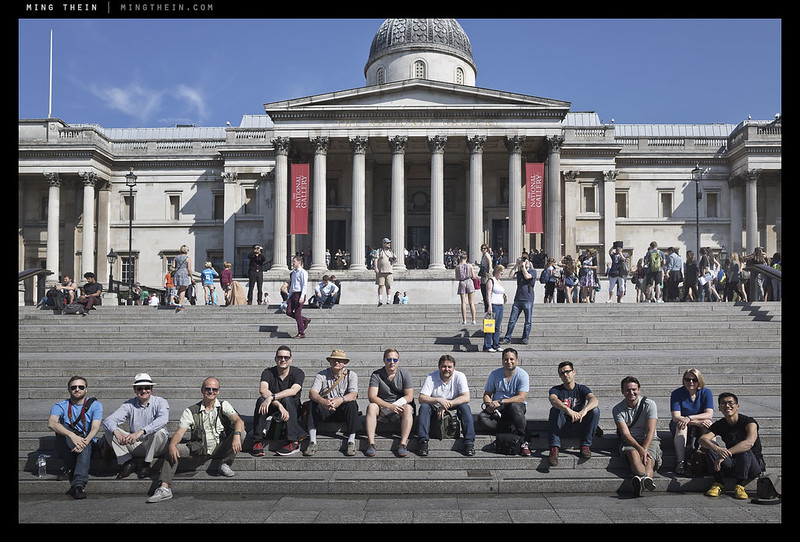
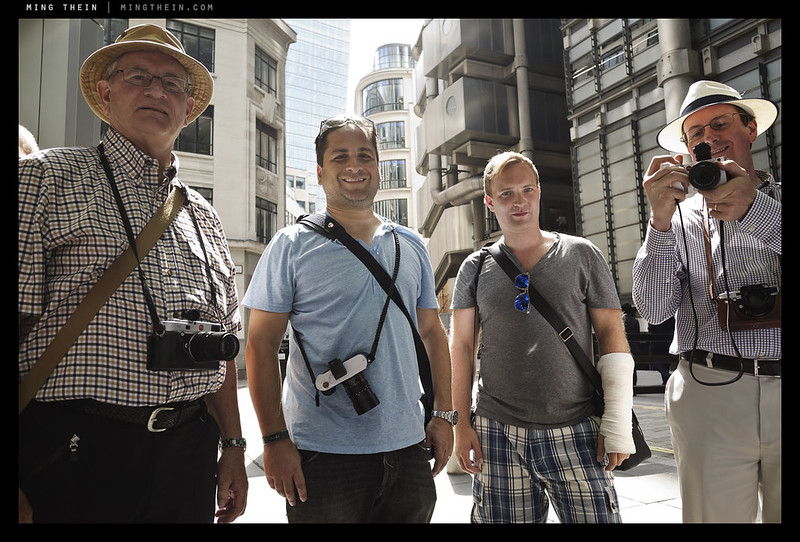

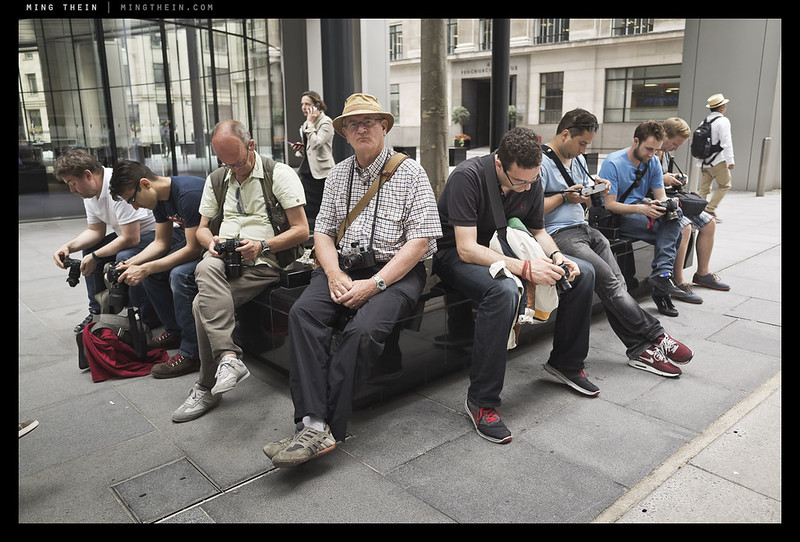
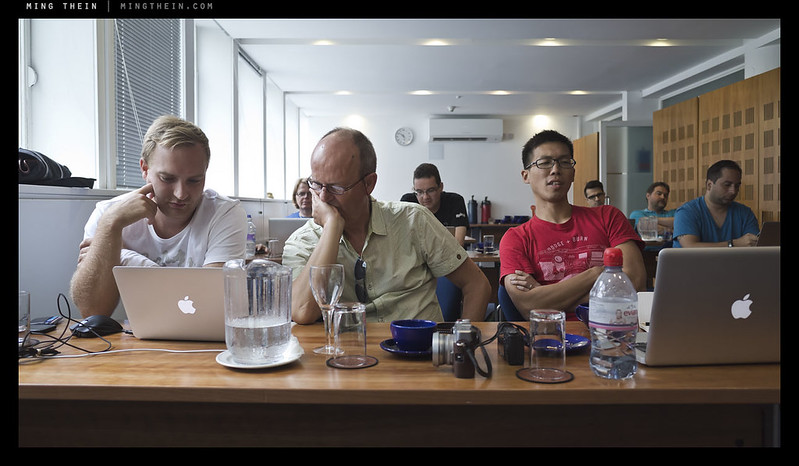

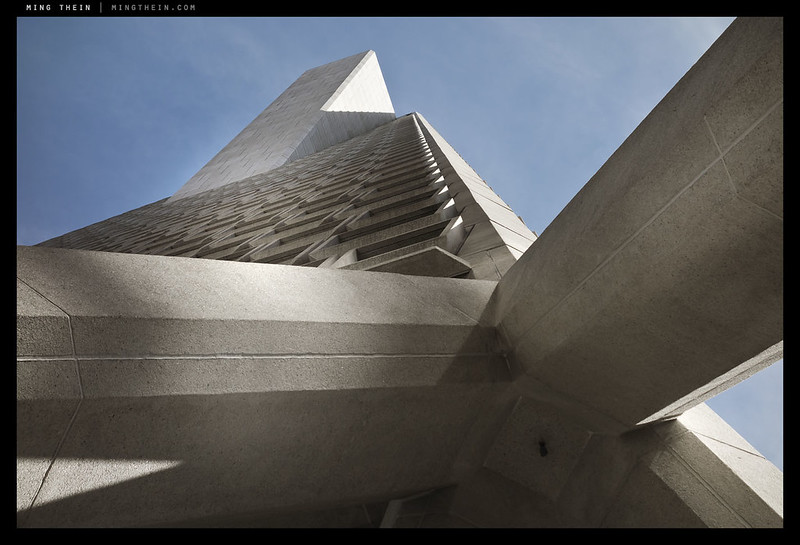
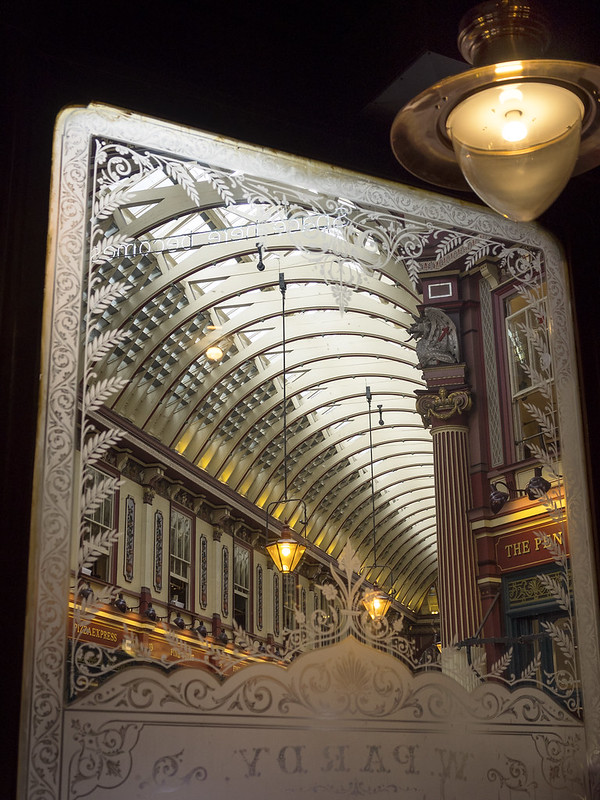

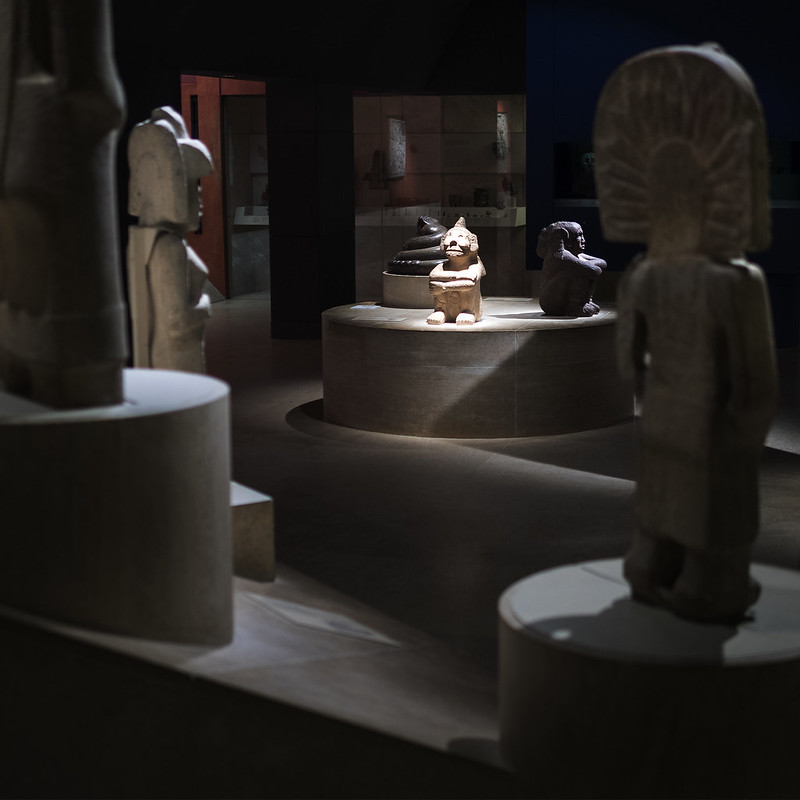
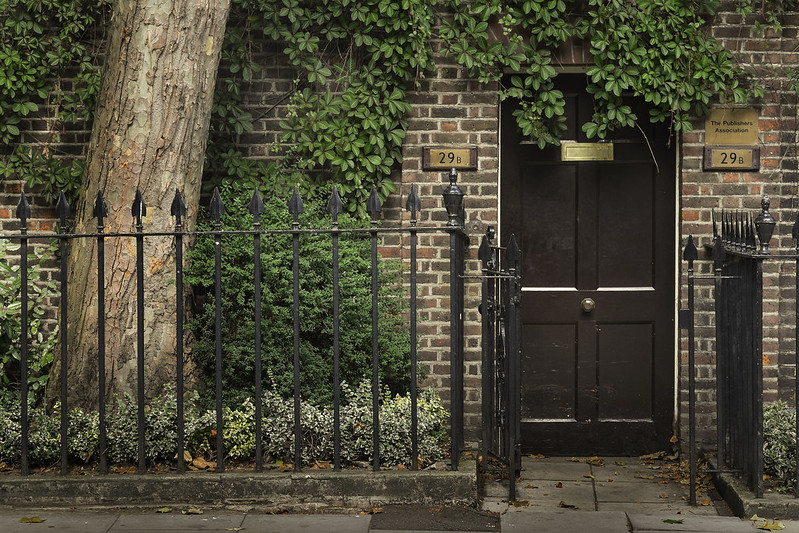

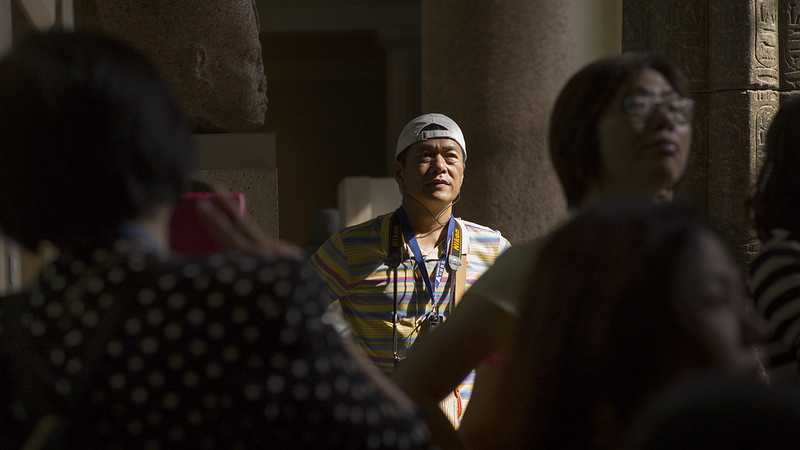


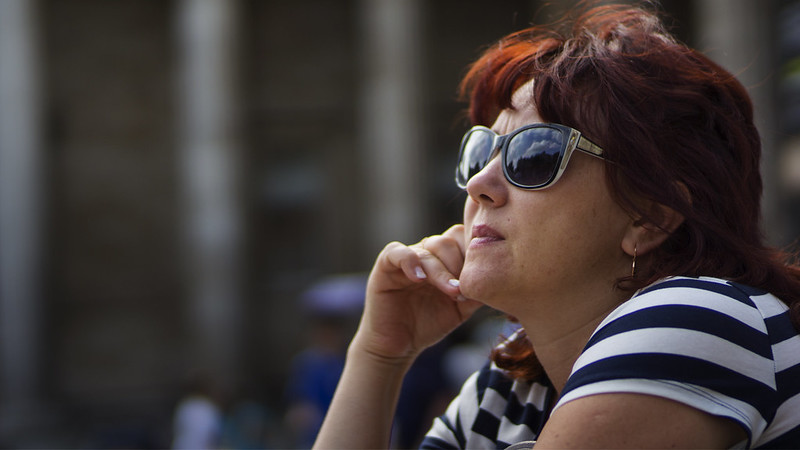
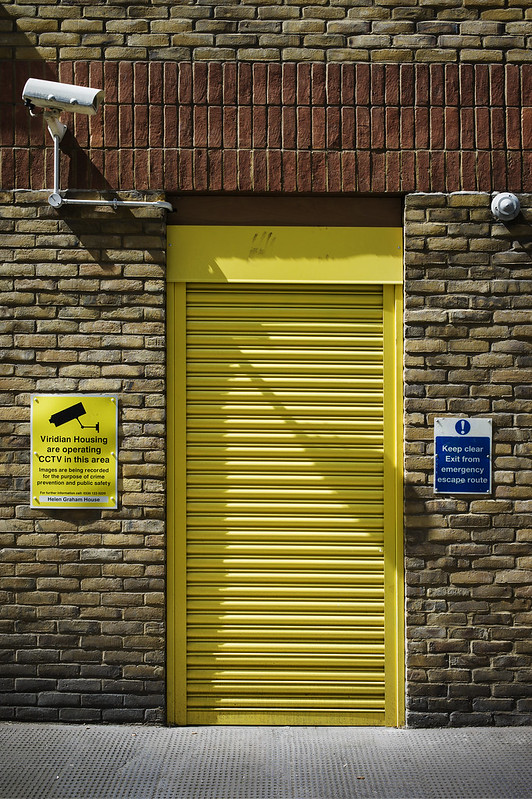
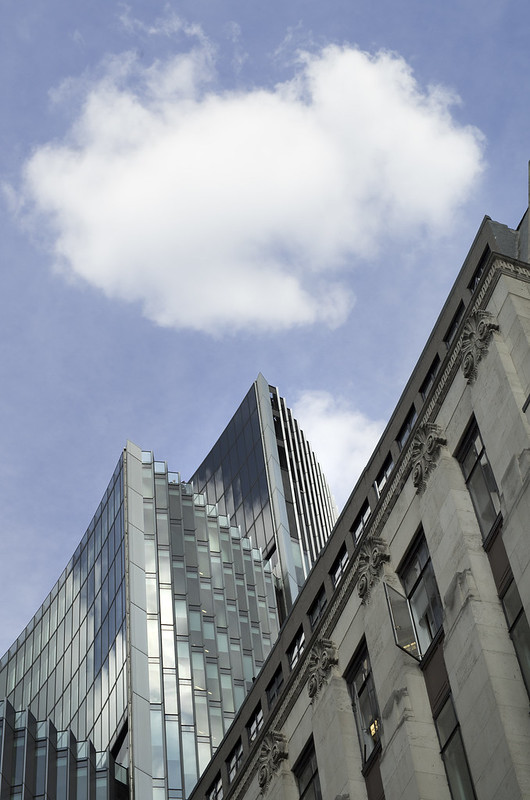

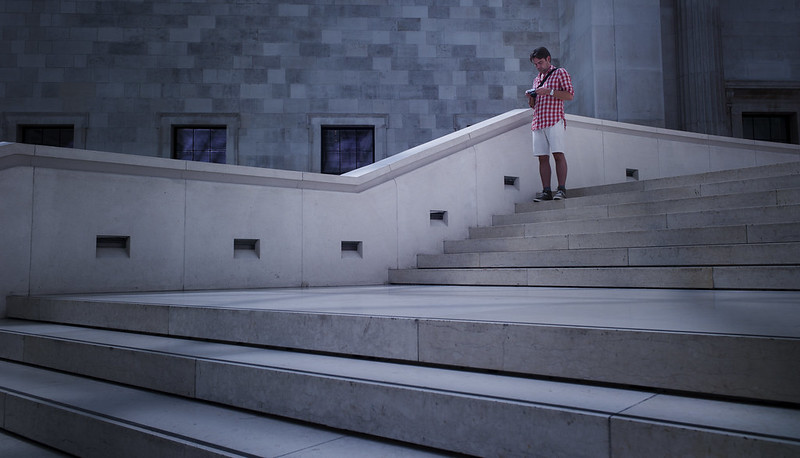
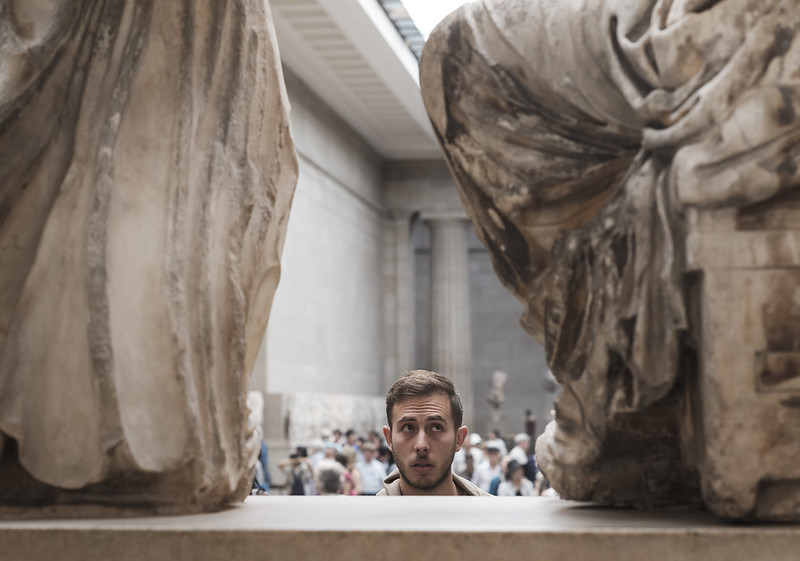
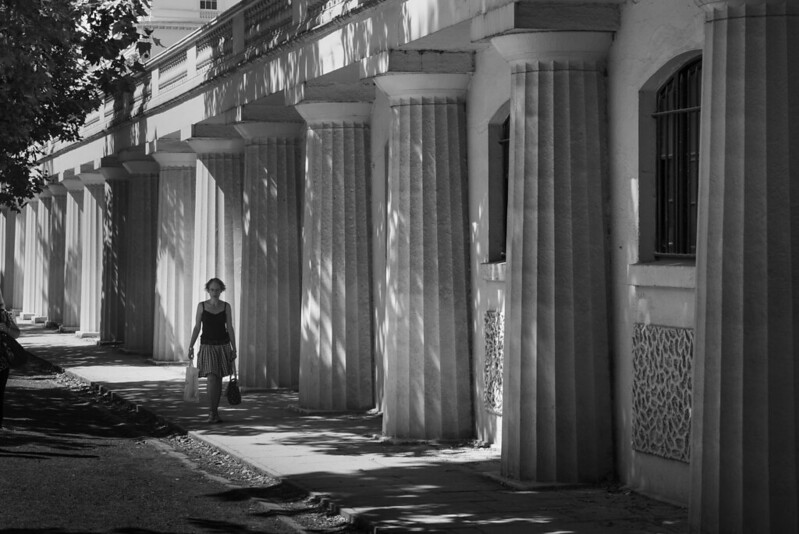

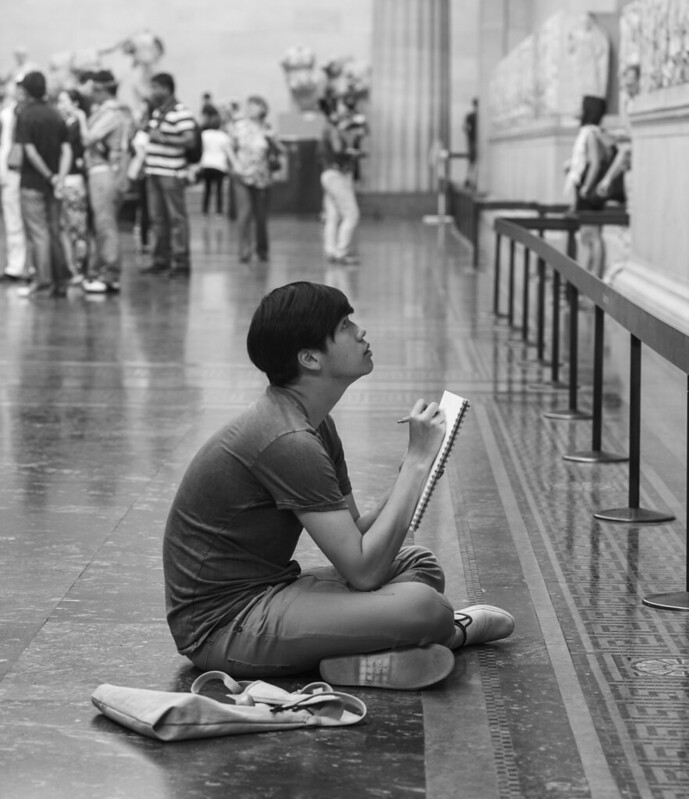

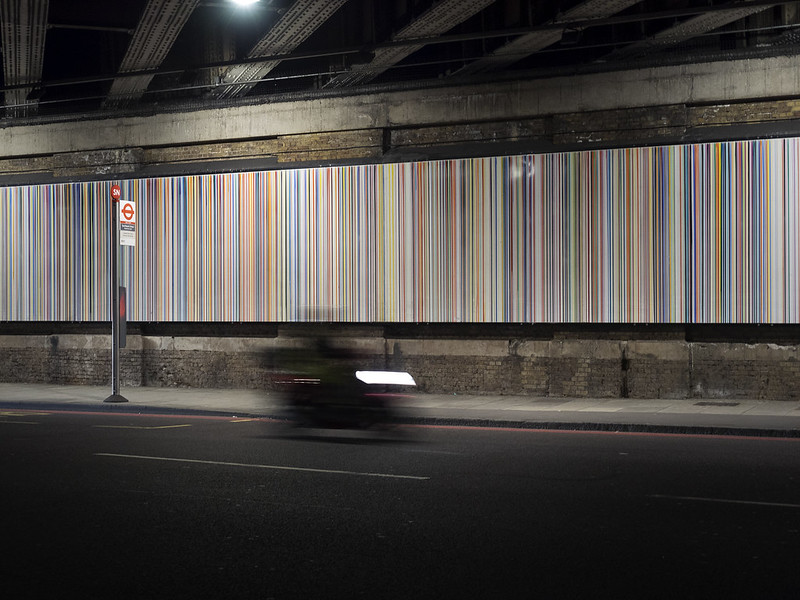






Re. Venice:
I just saw the 50 min. documentary
“The Venice Syndrome” by Andreas Pichler
on Swedish television.
It’s about how Venice is mismanaged.
( For those who understand Italian or Swedish subtitles, available until august 31 (hopefully also abroad) :
http://www.svtplay.se/video/2215752/the-venice-syndrome
)
(There are sites for streaming, download and buying.)
Great set of photos from the stufents. Saving up so I can someday attend one of these classes. Hope we will get to see some of your own London photos as well.
Thanks. I’m still processing, and will curate into photoessays as usual.
I’d love to save up to attend one day. Good luck in my home city.
Thank you!
Congratulations to all! Good job on starting your path to contributing less to the visual pollution of the world. 🙂
Watching the videos first as homework before meeting Ming is an interesting way to teach, and I’ll be very curious to hear about how it goes. The Khan Academy, and probably a few other people, have been talking about inverting the classroom: instead of sitting in a classroom listening to a lecture, students watch the lecture material first on YouTube at home. When they get to class, they work on actual problems (that would have been assigned as homework in a traditional classroom), and the teacher (and sometimes the faster students) can observe and help students who might be having problems.
The great thing about watching video lectures is that you can rewind them as many times as it takes to understand a point. And watching students actually struggle with a problem set, the teacher can better understand where there may be gaps in their understanding of a certain lesson. And every student may have different gaps in their understanding, so the teacher can more effectively help each student.
Pschh. Talk. Get out and do. 😉 I’ve used this method for the last three workshops, and the feedback is quite good so far – it starts everybody on a similar level, and they can concentrate on shooting for feedback during the workshops rather than getting to grips with terminology etc. The really clever video lectures is that you gain something the first time you watch, and gain something again when you go back and watch again after class 😉
Hi all,
Alternative London Workshop Report
============================
If I may, I would like to add my own mini report on London.
It so happens, that I kinda took part in this Workshop vicariously (if that’s the right word?). You see, I was in London during the time Ming was in London ………… that’s because I live there. 🙂
For various reasons, I couldn’t attend the London Making Outstanding Images Workshop. Instead, I negotiated with Ming a One-to-One session on the Monday before the London Worskhop took place. I too had to download and view the tutorial videos in advance and Ming covered as close as possible the same syllabus as that of the London Workshop.
I must, unfortunately, start with a gripe. My gripe is this: I wish I could have spent FOUR days with Ming rather than just one (maybe I am a slow learner).
Looking at the images posted by the students is kinda fascinating for me; firstly, because in one of images where the students are seated reviewing their shots, I sat in exactly the same place with Ming, and secondly one of the student’s shots is near identical to one of mine.
I am not sure if any of you students got to see Ming working up close and personal, but if you did, you will agree with me when I say that the man is not human!!! 🙂
He is like a robot. I have followed his blog pretty much from the beginning, becoming an avid follower in the last year to eighteen months. So I have always known Ming is a great photographer. However, nothing prepares you for how great until you see him up close and personal working a scene with his camera. We would stand side by side, I would dither for five or so minutes deciding what to shoot, by which time Ming has taken about five shots of which three are works of art (I know it is said that one shouldn’t judge images from the back of a camera, but Ming’s stuff is so good (and the screen on the Pentax 645Z so nice) that I could CLEARLY tell that he had captured something special). His observational skills are nothing short of breathtaking, and his devotion to the craft and art of photography makes me wonder seriously if I should henceforth dare to use the word “photographer” to describe myself.
One does not have to agree with everything Ming teaches (he and I disagree slightly on certain styles and presentation) but his structured and well explained approach can do nothing but improve one’s photography if one applies some of the principles in one’s own fashion.
I have looked at the student images posted in this blog post and I am humble enough to say that I don’t think I produced anything more than perhaps one image that came anywhere near the standard displayed here (well done all of you). And I am sure Ming must have been cursing the photography Gods asking them what it is he has done wrong to deserve such a useless student as myself; I suspect Ming may have scored my efforts a measly 2 out of 10 for effort and application. However, whatever it was that Ming has been teaching definitely sunk into my subconscious because on the following Friday I went out shooting under the guidance of my friend and multi-award winning photographer Neil Buchan-Grant. Whilst out shooting with Neil, applying the lessons learnt from Ming I took a shot that, upon later review, I was surprised to find was almost an exact copy of one of Ming’s own shots in his portfolio (I wasn’t even thinking of Ming’s work, in fact I was thinking of nothing other than Ming’s mantra of “looking for the shadows”, and out popped what I have now called the “Homage to Ming”). I took another shot that also looked Ming-esque. I am happy to report that Ming has seen both images and they seem to meet with his approval; I am glad I have redeemed myself 🙂
As for Ming’s mantra of not cropping, or doing excessive post-production. Let me tell you here and now, the guy is the real deal; what I would take half-an-hour to acheive in terms of usuable shots, and still need a bit of cropping, Ming will, and I kid you not, will do in about 10 minutes and end up with three times as many shots with none needing to be cropped. Ming’s other mantra is “practise, practise”, well I can tell you from working with him and Neil within the same week, there is definitely a difference, a HUGE difference, between those of us (e.g. myself) who don’t practise as much as we should and the masters like Ming who can output quality images in rapid succession.
For those of you reading this blog and my comments and who haven’t as yet studied Ming’s tutorial videos or been on one of his Workshops I strongly urge you to do so; your photography will improve by leaps and bounds, even if the only thing Ming’s teaching does is to make you slow down and think a little more before pressing that shutter button. And if you are able to, book yourself a One-to-One session with Ming, that is something that is just jaw droppingly inspiring and I think for many of you (it certainly did for me) it will demonstrate clearly the standards which we must acheive or at least aim for (I was lucky enough to have worked under two masters in one week, and whilst their styles are different there was definitely close similarities in the advise and criticisms they offered, so clearly those at the top of their game have shared core values that we, the students of photography, should aim to learn)
I have said this to Ming in private, and I hope I don’t cause him embarrassment by saying it in public (or that I come across as a sycophantic fanboy),but I can’t for the life of me understand why it is Ming has not been awarded a Fellowship/professorhsip by any of the leading professional photography bodies/teaching institutions. What on earth are they waiting for?!! Is it because he is so young and they don’t want him to acheive what it took them 30 or 40 years to acheive? I just don’t get it.
So thank you Ming, and well done all of you (your images are lovely and a credit to yourselves and your tutor).
Warmest regards,
plevyadophy
Oops!
I forgot to mention …………..
…………….. those Ultraprints.
Wow!!!!
The said thing about them is, I doubt that any more than a tiny percentage of people will care very much for what those prints represent: the pinnacle of quality image output.
Such is the nature of chasing the bleeding edge: you’ve gotta be able to know you’re there, otherwise you fall off and ask ‘so now what?’
I do normally not envy anyone… perhaps just now would be the exception 🙂
Very well written and well deserved cadeau to Ming.
Haha, thanks Gerner – there’s always next time I’m in Europe (or you’re in Asia) 🙂
I’m turning red. Thank you, Paul!
It isn’t about where you start, or your skill level, but enthusiasm – which you had in spaces – and again: how much you practice. You’re not going to become a master in a day (or even four); but you certainly can start on the right path 🙂
All pretty damn good images – i’d score most of them at least a 3. My fav has to be the one of the kid (5th one down)
Thanks – these were the 2.5s-3s (and one 4!) that made it through the personal cull and final screening.
But I thought no processing unless it’s a minimum 3 :p
I’m guessing the first one was a 4? Though will stick with my favourite being the 5th one….
Well, we can sometimes turn 2.5s into 3s with the gradient rebalancing…
The 4 is the striped wall and bike.
Fun bunch of photos. So many guys, only one lady.
Sadly (and perhaps as a relief to my wife) I only seem to attract men to these events. Who knows why?
I don’t have the slightest idea. Several of the photographers I know and respect the most are women.
Perhaps it’s my personality…
Well, i don’t exactly have a harem following me around either.
Lovely refreshment of the time we spent together in wonderful and very photogenic London. I definitely want to return.
Now a couple of weeks later things accelerated and suddenly I found myself opening a Photostream on Flickr. I would not have believed I would ever do that, but there you go. One of the topics we discussed during the workshop was how to get inspiration from others and perhaps develop ones own unique style. I have now joined Mings Reader Portfolio and find an awesome lot of inspiration there.
You will also find a chance to have your images reviewed by other enthusiastic photographers. A precious thing.
About the form and the intensive injection of Mings teachings during the three days I find very beneficial and strong, One may not realize right away the kind of impact it has on your future photographic output, but the learnings still rumbles deep within and I can clearly see how my skills improves day by day. Moreover important is maybe my wife is wowing much more than in the past 🙂 This perhaps explainable, I show her far less but better images.
Thanks Gerner – looking forward to see your images in the pool! Also, if he wife is convinced, it’s easier to get new equipment past her in future 😉
Great to relive the workshop again whilst reading this. Selamat Hari Raya (belatedly…) Ming!
Raya lasts many days. Still in time 🙂 thanks!
As a Londoner myself, I didn’t know there were major security concerns from the likes of overzealous police. I guess I’ve never looked at it from a photographic perspective. If anything, depending on where you are in London, you might want the police to be around for your own security concerns. 🙂
Also true. I’ve had issues in the past and was warned by more than one local photog friend – so I suspect it’s a serious concern in some areas. Better to be prepared…
There are issues with the police, though new guidance was issued after a spate of embarrassing and heavily publicised incidents which I understand have improved matters a bit (though I haven’t lived in London for two and a half years so I don’t know for sure).
However the bigger issue I always found to be rent-a-cop security guards rather than actual policemen, especially in the City of London itself, which made me slightly surprised that you chose to shoot there. Paternoster Square (right next to St. Paul’s) is particularly difficult, and I have been approached for “loitering in a suspicious manner” at several places as I waited for the light to change – the comment being along the lines of “I have seen you take a photo, what are you waiting for, you have been here too long, have taken your picture and should go now”. That was, of all thing’s, at Somerset House – right outside an art gallery!
Moving back to London in the Autumn and am really looking forward to it – and the great images above only made me more excited, fantastic work!
This is why it absolutely pays to know your rights and the letter of the law. And one of the many reasons I don’t like London as much as I used to…
Nick, I shoot in and around Paternoster Square all the time with everything from a Leica M to a D810. The worst that’s happened to me is someone coming over to make the point I could shoot stills but not video. I think things have calmed down significantly. These days the police are more likely to want to play with your camera or feature in a portrait than to be a pain!
The real issue I still find is people who are aggressive about photography because their children are around. One came over to try and “chase me” away when I was taking landscape photos the other day – I sent him and his wife away with fleas in their ears. It helps to be a lawyer who can debunk people quoting cod law. However, photographers shouldn’t all be deemed paedophiles merely for holding a camera.
My issues in Paternoster square are from ages ago now, glad to hear it has improved. I’m also a lawyer, so have a fairly robust approach to most of the nonsense, the problem in the City is that a lot of the land is privately owned (like Paternoster Square in fact) so they can set their own rules to a certain extent.
The more general public suspicion of anybody with a camera is just a bit pathetic I think. I can only imagine that the situation has become worse given the number of abuse scandals recently.
Surely if you were doing something dodgy, you’d use a small camera not a very conspicuous one?
Sadly human nature these days always assumes the worst…
Excellent images from the class! Very Cool!
Thanks Eric!
Great to see images from the British Museum. I worked there for a year, but unfortunately pre-digital camera era, and would love to have the access, and security clearances that I had then because I would never have put the camera down! For those that don’t know, the British Museum is like an iceberg; a small proportion of the overall collection is shown, and it is riddled with labyrinths below, that span, literally, miles. Spending a night with what we called the “smellies” (the Mummy storage area) called for strong nerves, and a strong stomach. 😉
That sounds awesome. Does make me wonder how often the collections are rotated out though. I really wanted to see Hokusai’s great wave but it appears that’s never usually on display despite it featuring prominently in the merchandise and advertising…were the mummies creepy alone and at night?
I remember going to the mummy display room there in my student days, When there were no other visitors in the room that was plenty creepy enough for me, even in daylight hours! One or two interesting mummies on display at some temples in Japan too. Temple monks who became mummies by eating a special diet and starving themselves to death while (due to the herbs they ate) the bodies were preserved. Apparently the process was not always successful. Odd the things people do!
Nice work here by the way with good observation of light and shade,
Ah yes – heard about that. That is especially freaky because it’s voluntary and while they’re living…
I was much younger then, heh, and compared with dealing with the living, not so much. Actually, some of the statue rooms, with all the shadows…more creepy.
But getting the smell out of your nostrils was another thing!
However, walking some of the very old, creaky, labrythine corridors at 3am, with only a torch, hearing the rats scuttle…yup, sometimes even strong nerves could get, shall we say, stretched a bit.
Most fascinating place to work though, a never-ending education in so many ways.
Oh, and with regards to your comment on rotation – there are so, so many things that have never been exhibited. And “rotation” of exhibits was done at a positively glacial pace. So many academics just refused to have their precious studies interrupted by having to have them shown to the general public. 😉
If we ever meet, and there’s some good malt, I have stories…but I signed the Official Secrets Act, had a Grade A security clearance, and aren’t really supposed to talk about my work there at all. If I even worked there, which I’m no longer admitting to, lol. ;))
Haha, I’m looking forward to it! Can’t imagine why 2,000+ year old objects would be covered under OSA though…
Depends where they are from, and how they were “obtained”. And what consequences there would be if it were known that the museum had them. I mean, the Elgin Marbles debacle has been going on for decades, and there are plenty of things in the “collection” that could have similar geo-political ramifications.
As I said, tip of the iceberg. 😉
My wife worked there and I have to say the few times we’d meet after work in the museum just before closing time were always the museum at its best – darn near empty – place felt like a mausoleum to long lost cultures in that tomb like silence. Truly unforgettable and well worth staying till just before closing.
We did that on the very last day…